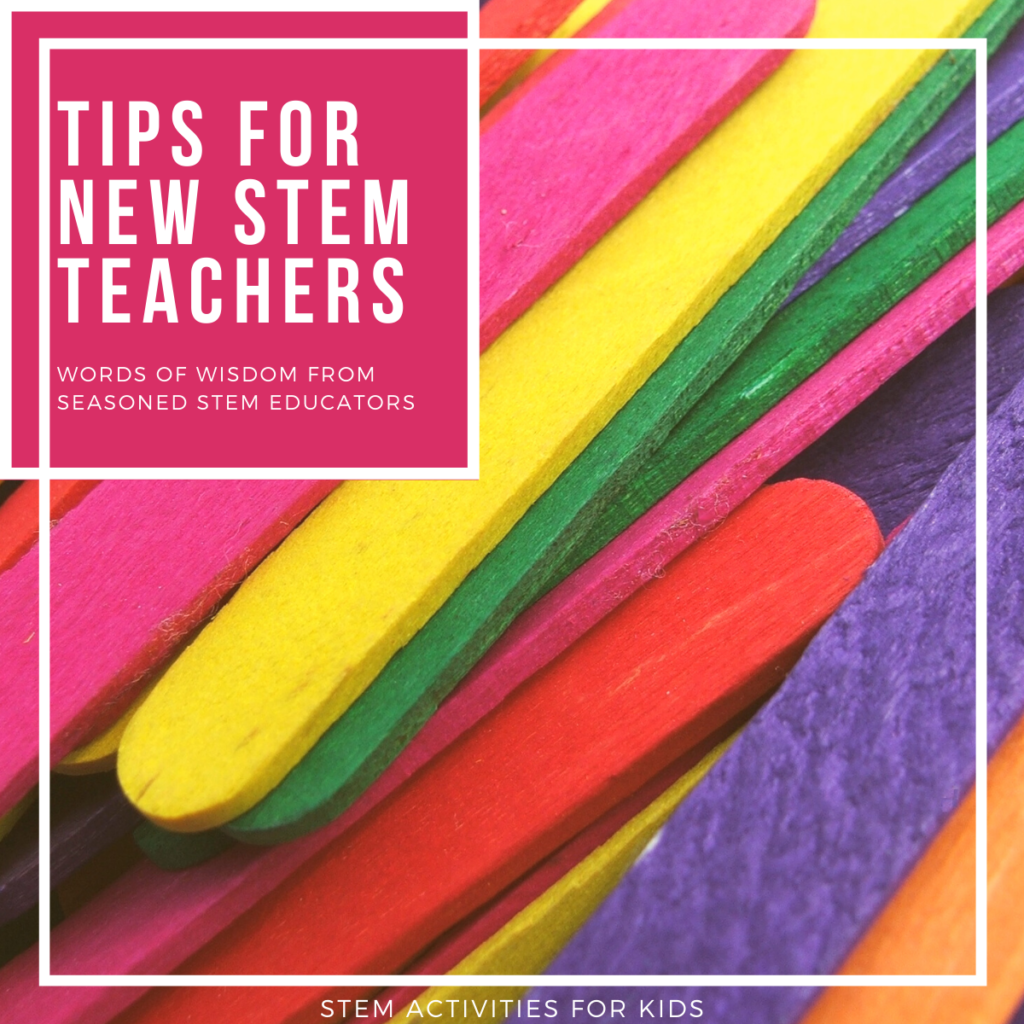
One of the best things about being part of an online PLN is the benefit of the hive mind! A lot of questions came up from new STEM teachers in the Facebook Group for STEM Teachers. There were so many great interactions that I asked for everyone’s top tips for NEW STEM teachers. Read on to see what they had to say! There is also a PDF of STEM Freebies and Tips at the end of this post JUST for new STEM teachers – be sure to check it out!
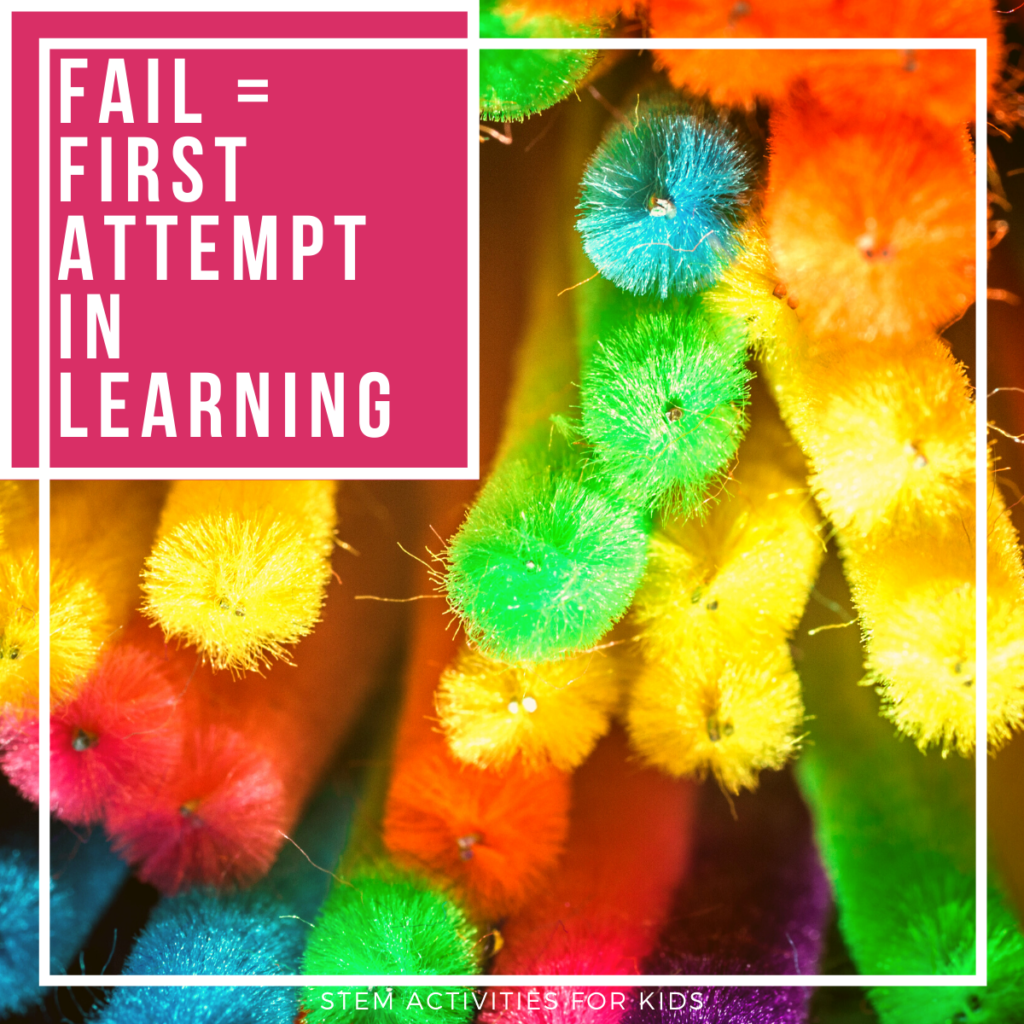
Failure in STEM is a GOOD Thing
If you a new to STEM, failure might take some getting used to. One of the BEST things about STEM is that failure is how you learn! When students are required to analyze their ideas and designs, make improvements, and work together to solve problems, it makes them better students overall (not just in STEM class!).
If you are not failing you are not learning. I point out all the mistakes I make and how I fixed them. – Nancy
Don’t be afraid of failure! Try the new, crazy project with your students. Even if it doesn’t work out how you planned, the kids will learn. And so will you! – Jessica
Get comfortable with productive failure and model cheerful curiosity when things don’t go to plan. – Kerry from Feel-Good Teaching
There are no failures, just lots of learning opportunities. Let students make mistakes and ask there peers to help them try again. – Laura
Be willing to try again! It won’t be perfect the first time. Chances are the kids will love it and won’t notice a mistake but be open to owning up to mistakes if they happen. Be willing to learn from and alongside the students, build relationships with each child starting day 1 and strengthen them over the year, most importantly care about the work you are doing. – Kayla

STEM is MESSY (But Organization is Key)
Walk into any successful STEM classroom and you may find yourself in the midst of a bit of organized chaos. Here are a few tips about organization, material allocation, and how to deal with messes.
- Use clear bins with lids to swap out materials from time to time. This is not only helpful to see what you have available, and that they stackable, but it helps when you are removing them to clean periodically or to keep materials fresh/on rotation so the kids are excited to see materials again they haven’t seen in awhile.
- Don’t spend your own money to supply the classroom with materials! Ask for donations from families, the community, and local businesses.
- Messes happen, but have students take ownership of the space by setting time aside each class for everyone to clean up.
Start saving recycled items now – cereal/ cracker boxes for the easy to cut cardboard, empty TP and paper towel tubes, mesh berry baskets, empty yogurt and Krueger cups. Also contact hospitals to see if they’ll save items for you (once they open a packet of batteries in a surgery they can no longer use them even if they only use one from the packet! We received loads of batteries that way). – Wendy from Get Caught Engineering
Plastic table cloths for anything messy. Never scrub paint off your desks again! Also those foil baking pans are great for containing messy things too.– Marijo
Supply survival tip – Never hand a group the whole roll of masking tape . Pull off a length and attach it to the table for their use . ( trust me on this 😄as I learned the hard way !) – Wendy from Get Caught Engineering
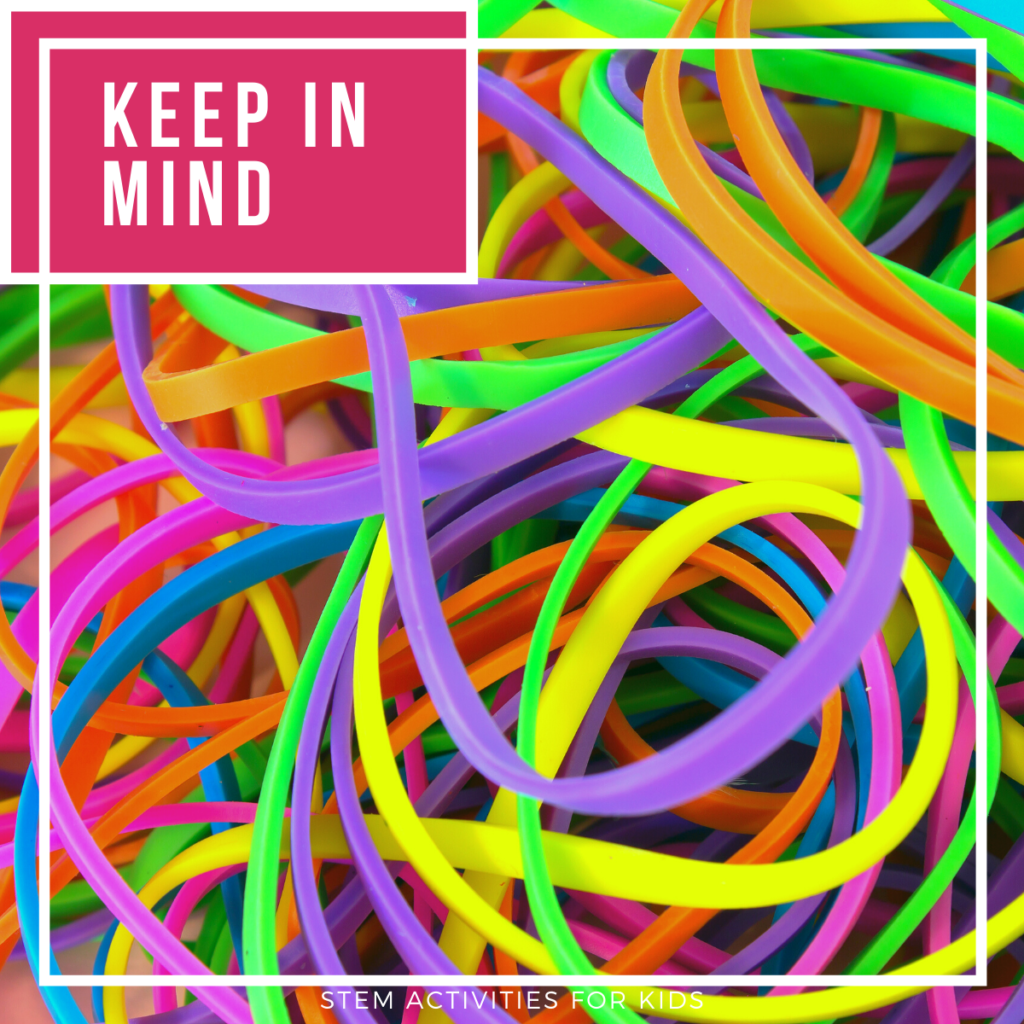
Words of Wisdom from the Pros
STEM isn’t just a class, it’s a mindset that challenges you, your students and your environment. You can literally find an element of STEM where ever you look. If you think something is cool, you can probably make a lesson from it!”-Lindsey
Whoever is doing the doing, is doing the learning. When you feel the need to jump in and help, wait longer. – Phillip
I have plenty of times told the kids, “I am not sure what you will do with this, but you are creative and great thinkers.” I have also told them “I wasn’t sure what materials you would want to use so after you make your design, let me know what you want. If I have it, you can use it.” -Elana
Process trumps product. I think this is a hard one for anyone who is a perfectionist. Kids don’t have to “finish” projects, the less your (teacher) hands touch it the more they will learn, failure is actually a success and kids need to learn how to learn from it and keep going, and you likely will have a lot less wall and display case collections because the end product is not the priority. – Erin
Save time at the end of projects to reflect. Even asking – What worked? What was hard? – helps me and my students. – Catherine
Be brave. Be ready to pivot. Be interested in what the kids are doing and thinking. – Monica
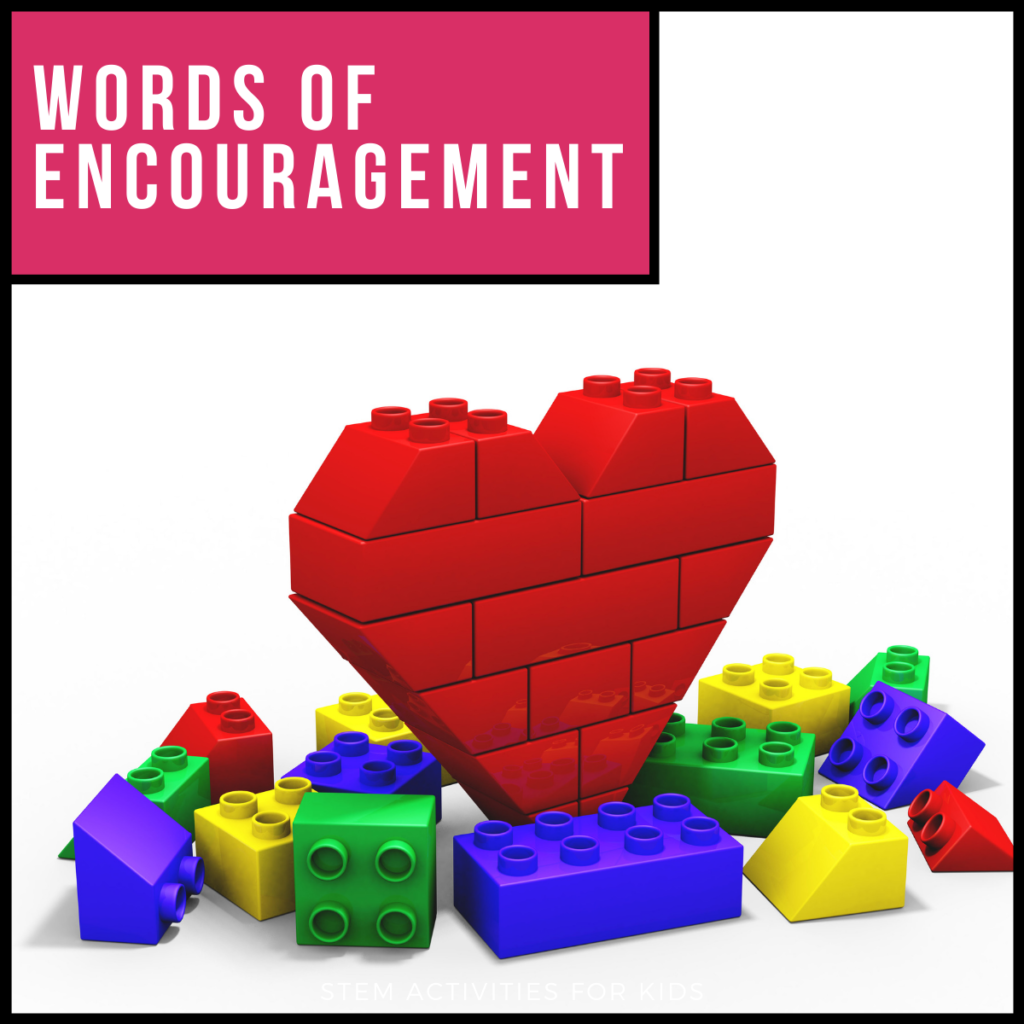
You’ve Got This (Or, if You Don’t, You Will)
Things don’t always go as planned- it is ok! – Kristy
Don’t feel incompetent at the beginning… STEM is a rabbit hole of amazing stuff that could cave in on you. One step at a time – Janelle
Share your passion with your students. Your enthusiasm for your lessons and projects is infectious. If you’re excited about what you’re doing, it’s easier for the kids to be excited with you. Stay open to new ideas and keep on learning. The nature of STEM education is change and growth. Also: Have a system in place. Systems are key to keep things working with lesson planning, project management, and organisation. – Shai
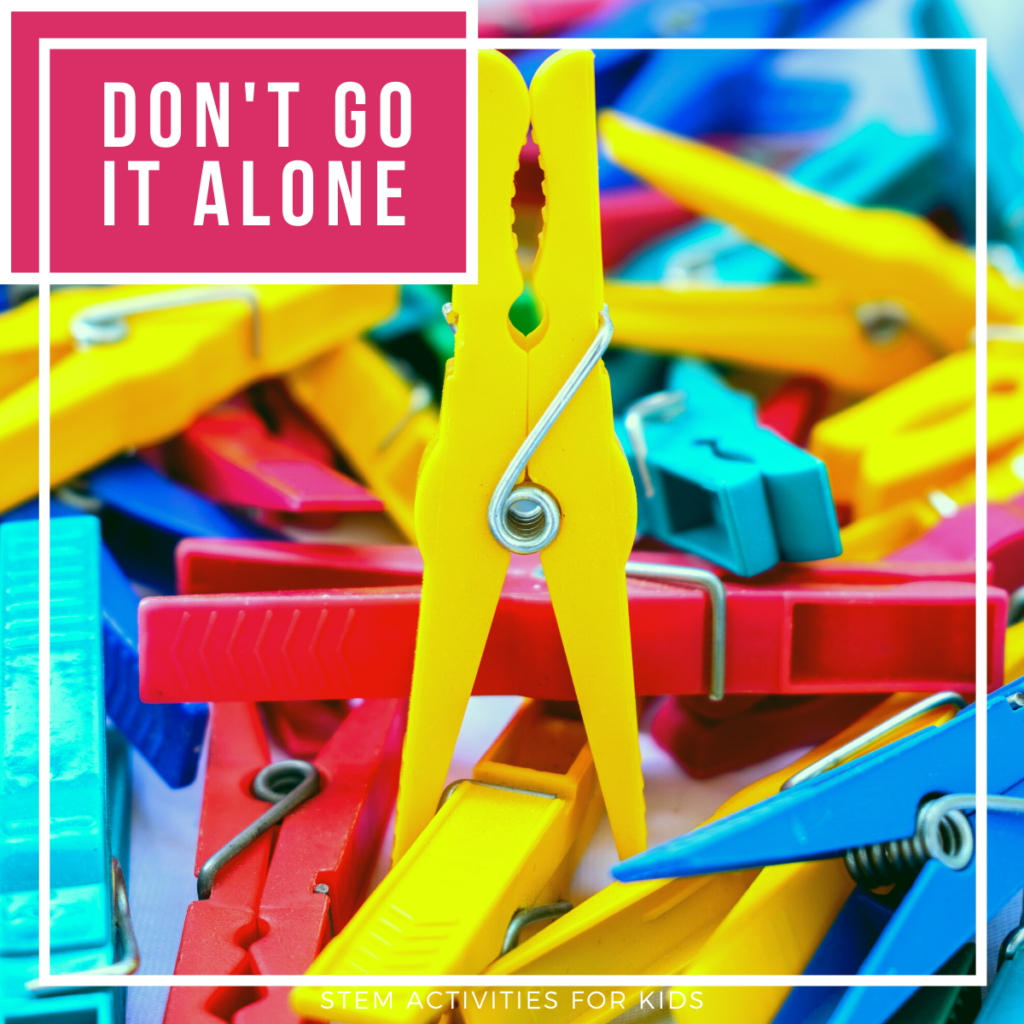
Find your PLN
Work with a team that is as passionate, flexible, and willing to try something new as you. – Christopher
If you don’t feel supported in your current position, there are so many online communities to join to learn from, connect with, and bounce ideas off of! Here are a few to check out:
Technology Teacher Talk with Brittany Washburn
STEM Teachers for Middle School and High School
Free Download for New STEM Teachers
Download your free Survival Guide for New STEM Teachers, with even more tips, downloads you can use in your classroom, and a shopping list just for STEM teachers!
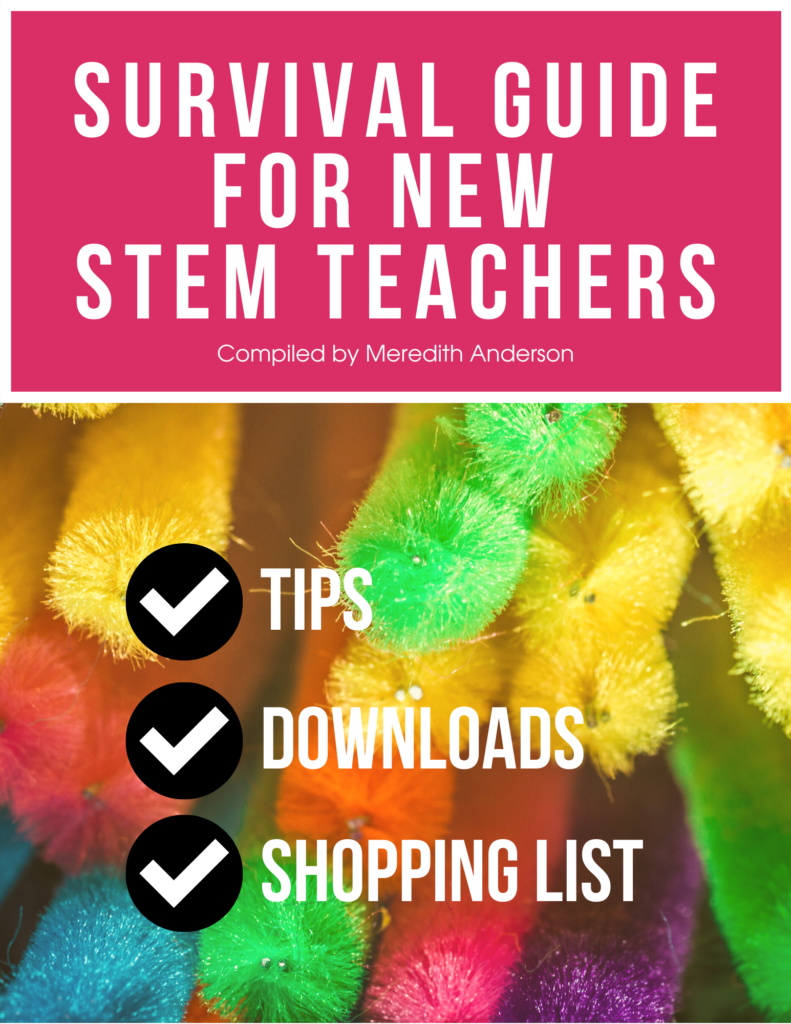
Save these ideas for later on Pinterest:


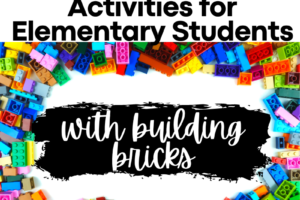

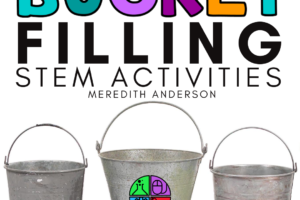
Leave a Reply
Your email is safe with us.